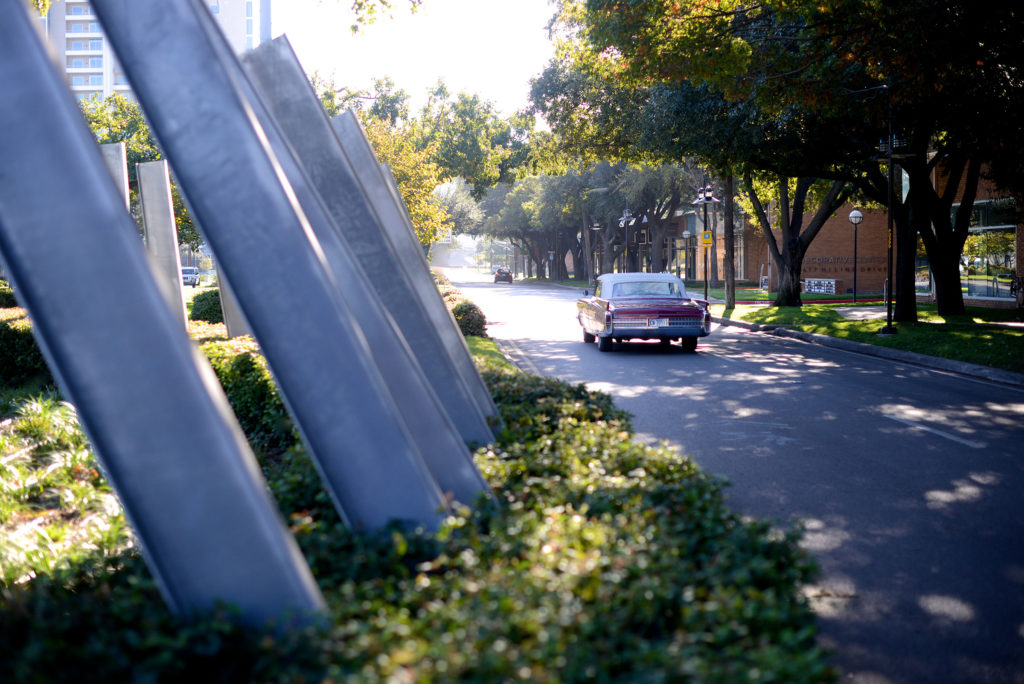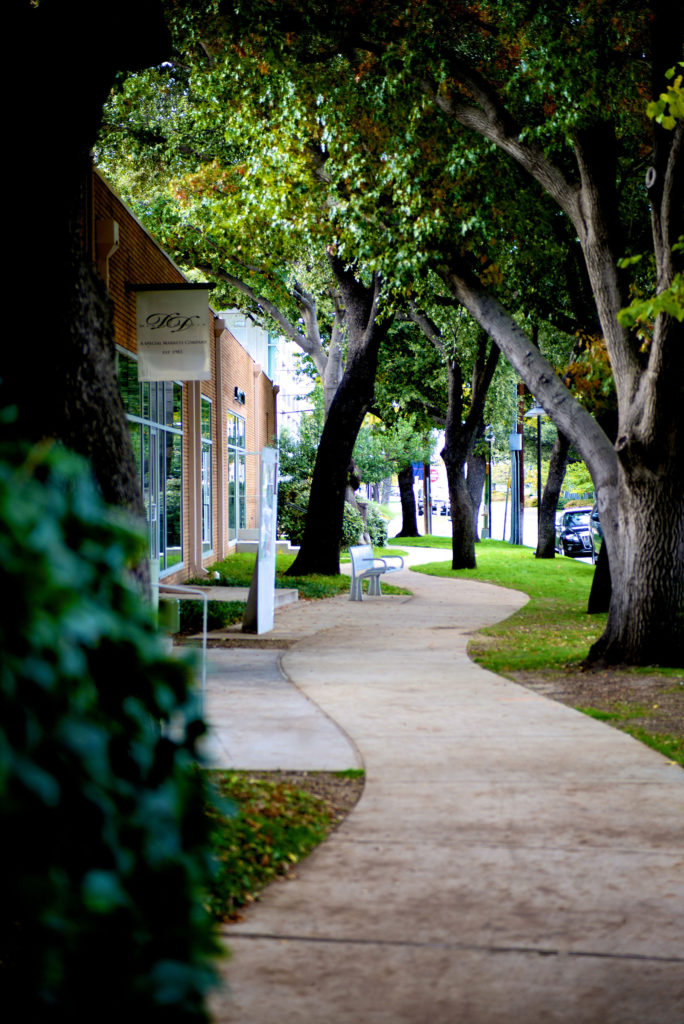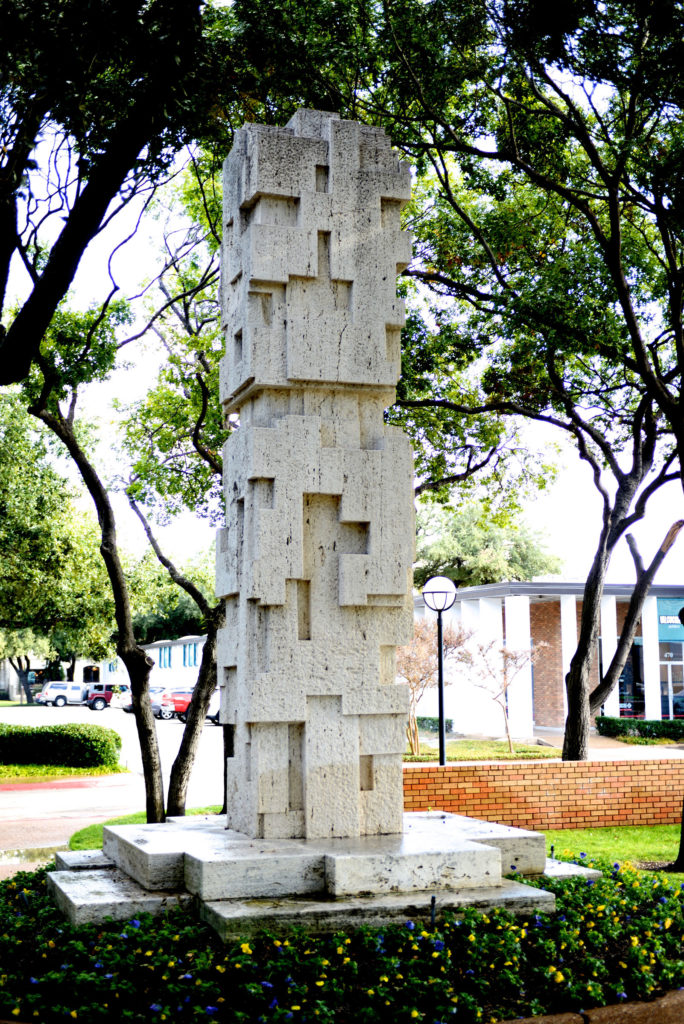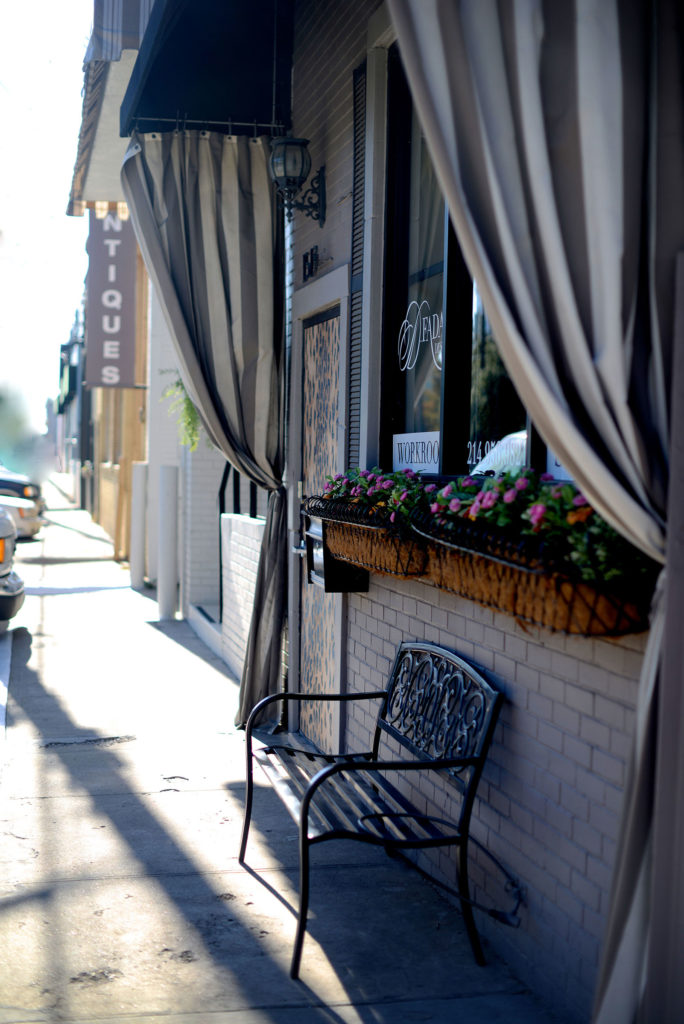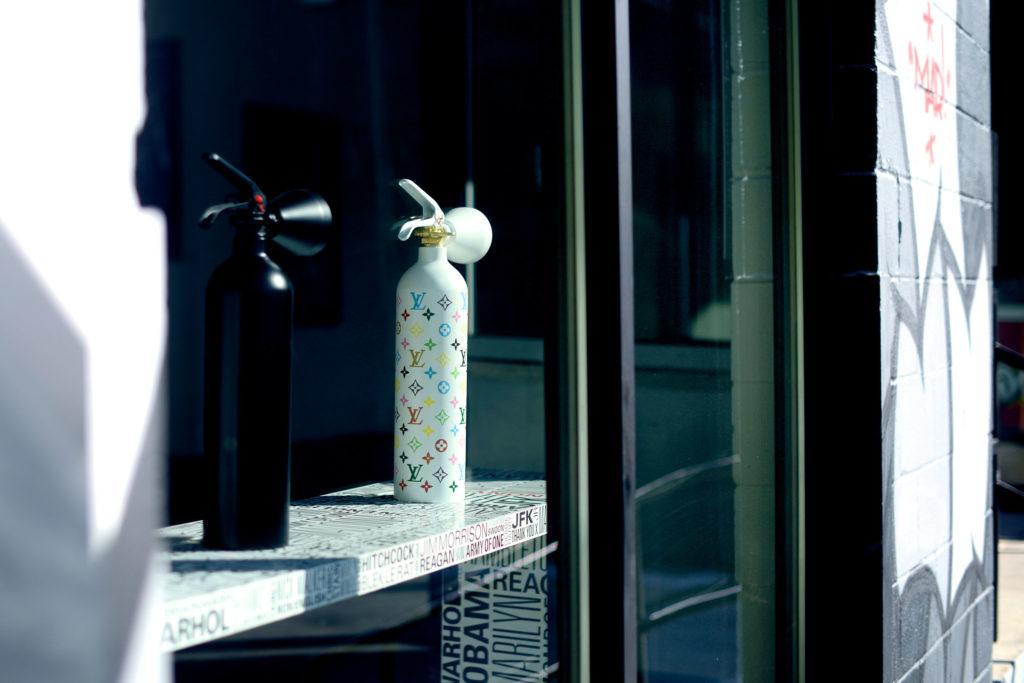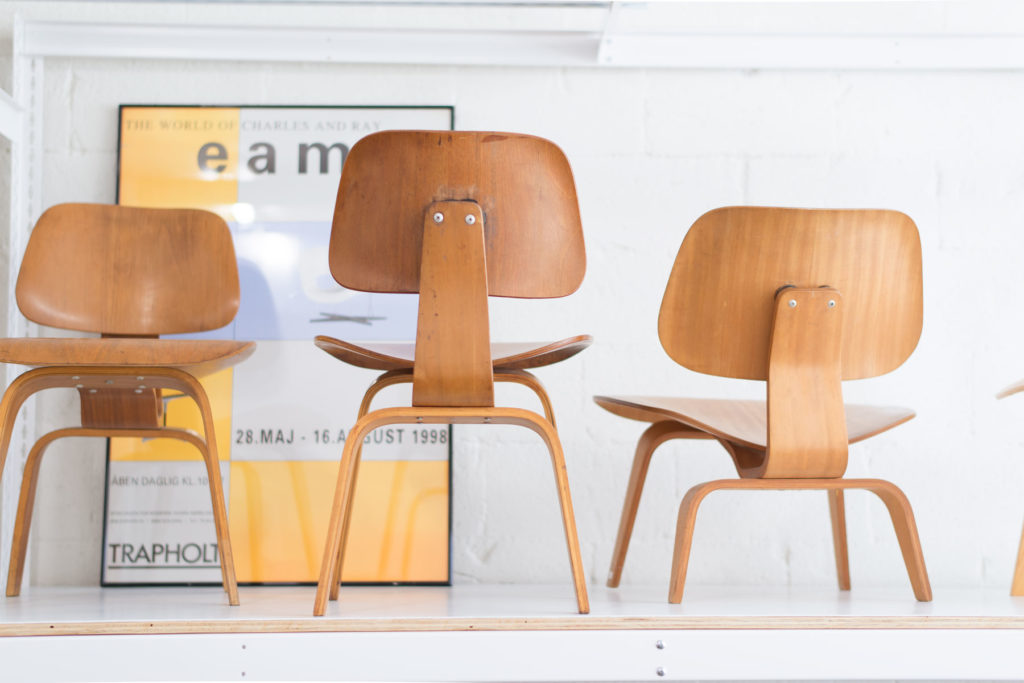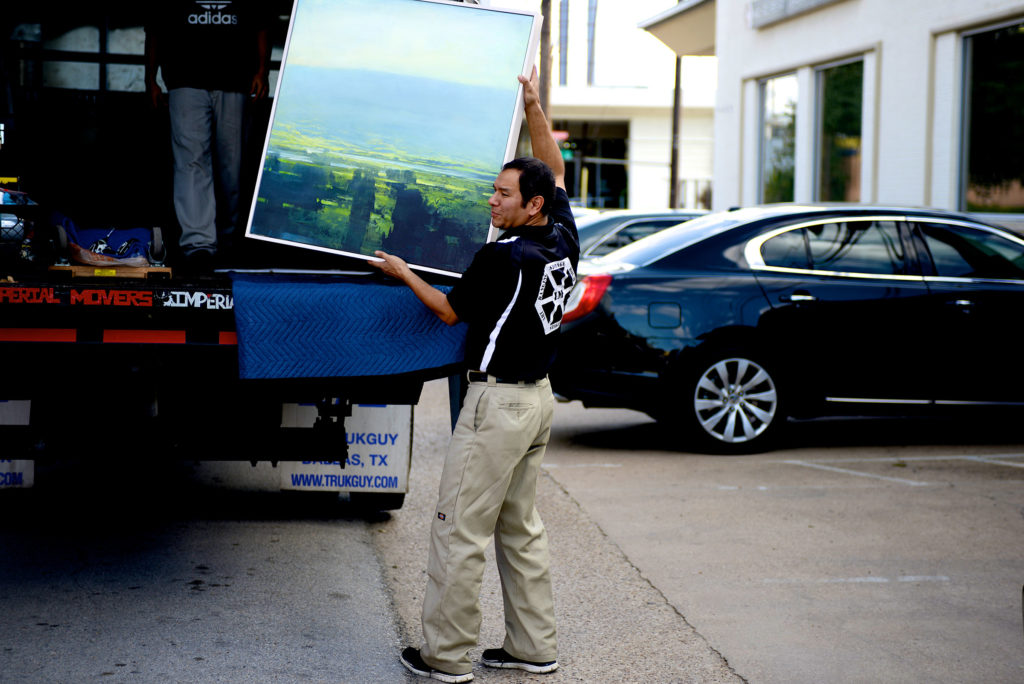The Design District boasts new restaurants, cafes, and apartment buildings have sprung up in recent years around the home-decor showrooms and warehouses that have been a fixture in this neighborhood, with its enviable proximity to downtown and easy highway access to points north and south. It’s an evolution still under way that doesn’t project to stop anytime soon.
Changing Face
The neighborhood’s redevelopment has occurred organically—no cookie-cutter master-planning here. Apartments have filled in and around the existing industrial buildings; warehouses and showrooms have closed and reopened as restaurants.
